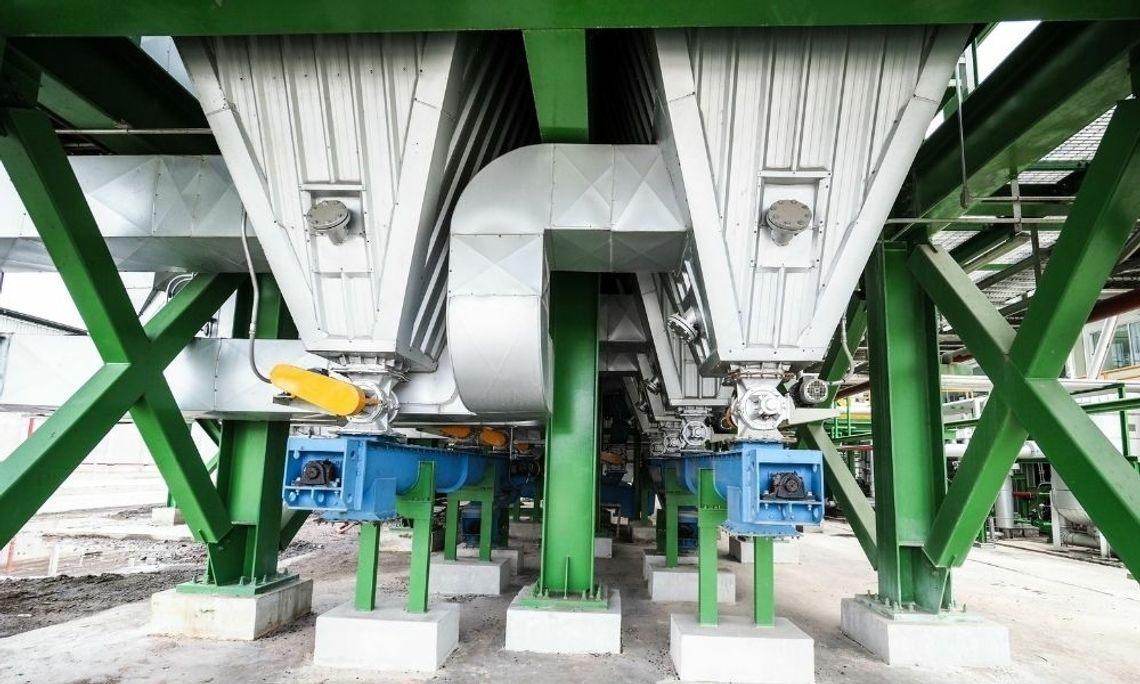As you become more familiar with your dust collection system, it’s easy to forget about the need to maintain it. After all, once it’s up and running, there’s nothing more to do than empty the bin when it gets full, right? Unfortunately, this isn’t true! Left unattended, a dust collection system can start clogging up and letting dust particles escape into the air again. These tips for maintaining your dust collection system will help you keep your system in top shape all year long.
Caring for the Filter
It’s a good idea to frequently clean or replace your dust collector filter, depending on how much dust you’re collecting. You need to learn when your dust collector filter receiver needs repair in the first place. If there is a buildup of dust on it, you should replace it. If there isn’t that much dirt but instead a greasy film from cutting oils and resins, then it is probably time to deep clean it with a solvent-based degreaser. If there are just a few hairs and lint clinging to it, wipe them off and be done with it for a few weeks.
Regular Inspection
The most important thing to do when it comes to maintaining a dust collection system is to keep an eye on it. Keeping up with regular inspections means you’ll know when there are problems. When issues arise, they’re easier and cheaper to fix right away rather than down the road. A good rule of thumb is inspecting a dust collector monthly during normal use and bi-monthly during high-usage periods, such as before and after peak production seasons.
Monitor Compressed Air Pressure
Finally, every day, check that you have enough compressed air pressure to do what you need. The right amount of pressure makes a big difference in how well you can maintain your dust collection system: too little, and it’s hard to push things through; too much, and you risk damaging tools and your workspace. Using a gauge will help ensure that your compressed air is performing as well as possible each day.
Conclusion
A dust collection system requires regular upkeep. Failure to do so can result in poor air quality, poor ventilation, and poor air circulation in your workplace. You must keep track of when you last serviced your unit and how often you need to have it serviced. With these tips for maintaining your dust collection system, you’ll be able to boost your office or home productivity while keeping your indoor environment clean and healthy.


Comment
Comments